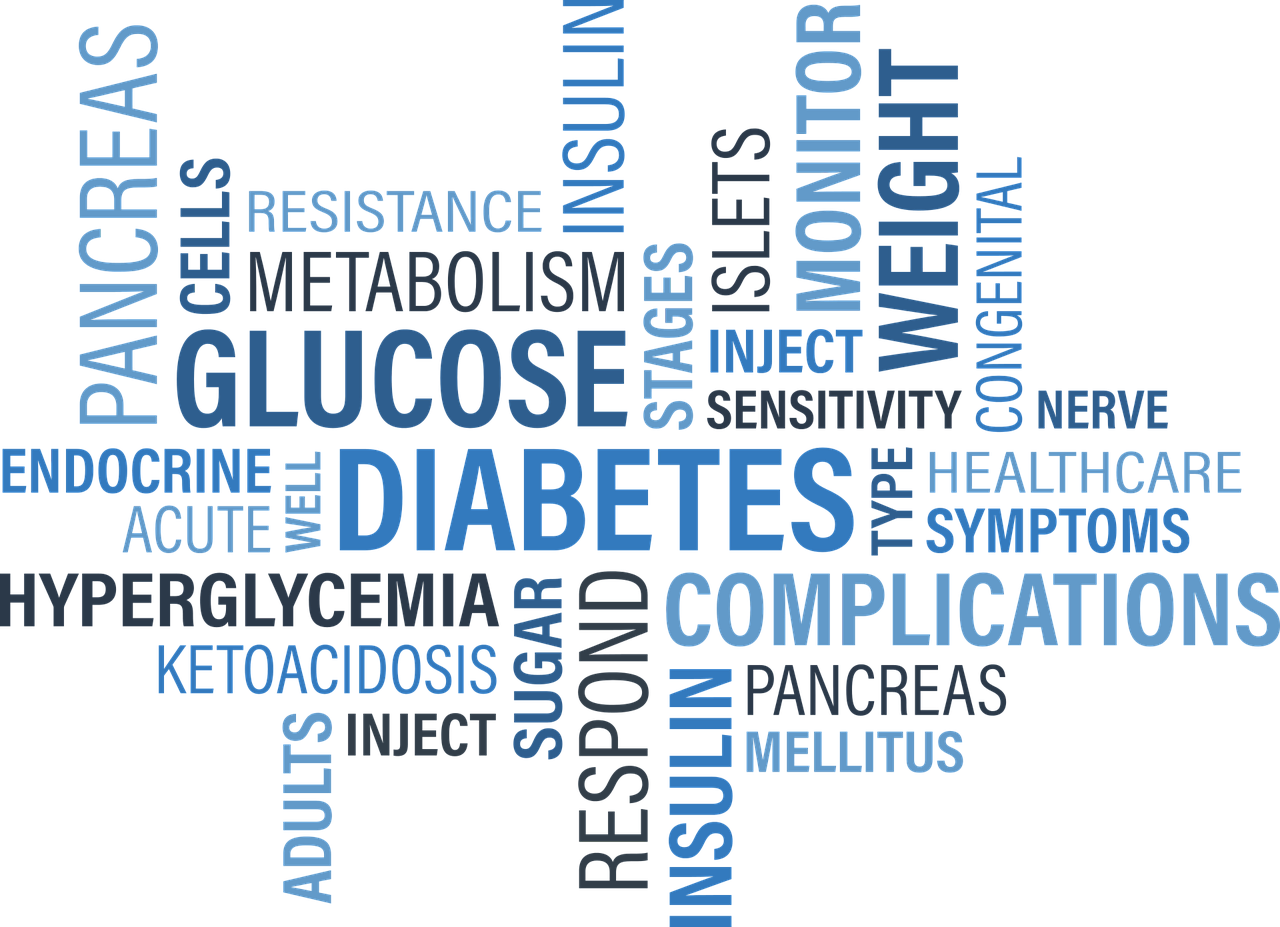Diabetes Mellitus
The history of diabetes mellitus stretches back into the pre-Christian period. It is mentioned in the Eberspapyrus manuscript that dates from before 1500 BC, which provides an overview of ancient Egyptian medicine. The name Ebers comes from the archaeologist who brought the papyrus to light, while the papyrus itself is preserved at the University of Leipzig.
In the bookος "On the causes and symptoms of acute and chronic diseases” Aretaeus (2nd century AD) was the first to use the word “diabetes” for the clinical symptom of polyuria and emaciation. It derives from the ancient Greek verb “διαβαίνω” (diavaino) which means to go or to run through.He wrote: “Diabetes is a remarkable affliction ... It is characterised by a cold and humid melting down of the flesh and limbs into urine. The kidneys and bladder incessantly expel large amounts of urine. The thirst is unquenchable. The nature of the disease, then, is chronic … but the patient is short-lived, if the constitution of the disease be completely established; for the melting is rapid, the death speedy”.
Much later, at the end of the 19th century, the mechanisms of diabetes and the central role of the pancreas began to be understood, and history was made in 1922, the year when the first insulin extract was used in a child with type 1 diabetes, who was described as having been “resurrected” (.Frederick Banting, , Charles Best, , J., J..J.R.. Macleod, , J., J.B.. Collip)).
What is diabetes?
Diabetes mellitus is a clinical-metabolic syndrome, with specific clinical and laboratory manifestations, based on which it is perceived and diagnosed. The core of the problem is an increase in blood sugar levels, insulin resistance and insulin deficiency. In reality this is not only a blood sugar disorder, but overall a disorder of the metabolism of carbohydrates, lipids and proteins. The central organs involved in diabetes are the liver and pancreas, while fat and muscle tissue play an important role in the overall disorder, as well as the intestine and its microbiome.
Someone who has symptoms, will often begin to suspect that he has diabetes. In some cases the symptoms are mild and the disease unfolds at first without strong signs, while in other cases the symptoms are intense from the outset, with an unquenchable thirst, hunger, polyuria and polyphagia, weight loss and weakness, as well as tiredness or coma.
Symptom intensity and age of onset depend on the type of diabetes. In type 1 diabetes, symptoms usually appear acutely at an early age and are intense. In type 2 diabetes, symptoms may in principle be absent and the diagnosis may be accidental, being discovered through blood tests, or from complications of the cardiovascular system. Type 2 diabetes usually appears at older ages, although in recent years due to obesity and lack of exercise it is becoming common at lower ages, presenting in adolescents or young adults.
Other types of diabetes are neonatal diabetes (MODY) (Maturity Onset Diabetes of the Young) as well as LADA (Latent Autoimmune Diabetes in ) and there are also cases of diabetes caused by medicines, infections, or genetic syndromes.
In any case, the diagnosis is made using specific criteria, and specific antibody assays may be necessary to clearly identify the type of diabetes.
According to the Hellenic Diabetes Association and the corresponding AmericanAmerican Diabetes Association (ADA), the criteria for diagnosing diabetes mellitus are:
- Fasting plasma glucose ≥126 mg/dl
- Plasma Glucose at 2 hours (in a 75 gr glucose loading test) ≥ 200 mg/dl
- Plasma glucose random measurement ≥200 mg/dl with standard symptoms of hyperglycaemia (polyuria, polydipsia, polyphagia, unexplained weight loss)
Me glycosylated hemoglobin(HbA1c)1cis also a test used to diagnose diabetes, with a diagnosis limit of 6.5%. It is not sufficient on its own to make a diagnosis, although when the figure is high, it is an indication of the presence of chronic hyperglycaemia, since it reflects the average blood glucose levels over the previous 2-3 month period. Therefore, it makes no sense to repeat more frequently than at 3 month intervals.
What is pre-diabetes?
Pre-diabetes is a term used to indicate a glucose (blood sugar) disorder which may eventually lead to diabetes mellitus.
The criteria for a "pre-diabetic” diagnosis are:
- Fasting plasma glucose 100-125 mg/dl (otherwise 110-125)
- Plasma Glucose at 2 hours (in a 75 gr glucose loading test) 140-199 mg/dl
For glycosylated hemoglobin(HbA1c)1cglycated haemoglobin (HbA1c), the limit for pre-diabetic diagnosis is 5.7%. However, the test has not been established as reliable internationally and no diagnosis based on glycated haemoglobin alone should be made.
The presence of pre-diabetes does not necessarily mean you will go on to get diabetes, but the condition is not a harmless one. Consideration should be given to factors such as family history, body weight, diet, psychological factors, lifestyle, and any other health problems in making an assessment of the risk of pre-diabetes turning into diabetes and what measures should be taken to avoid diabetes occurring in the future.





